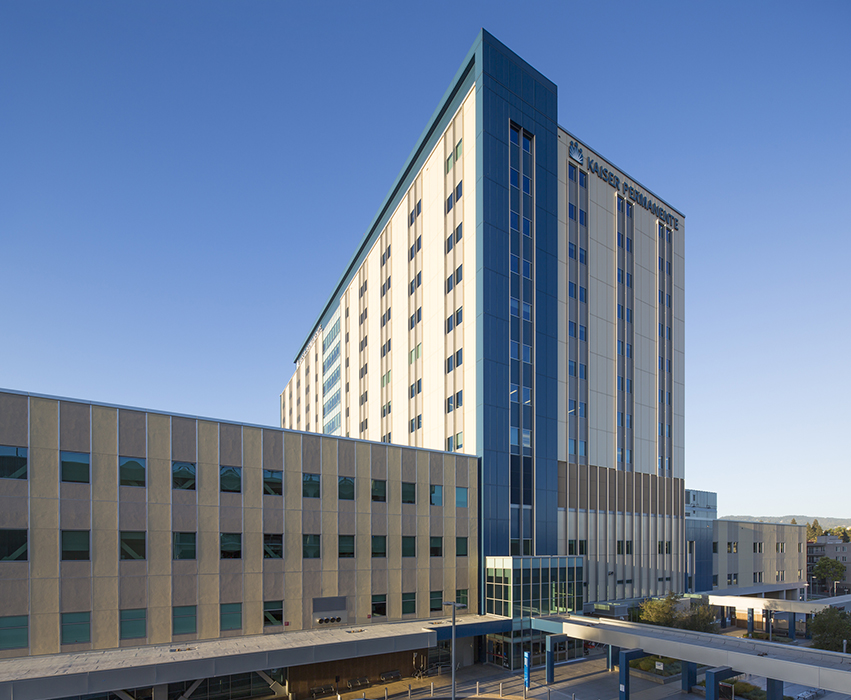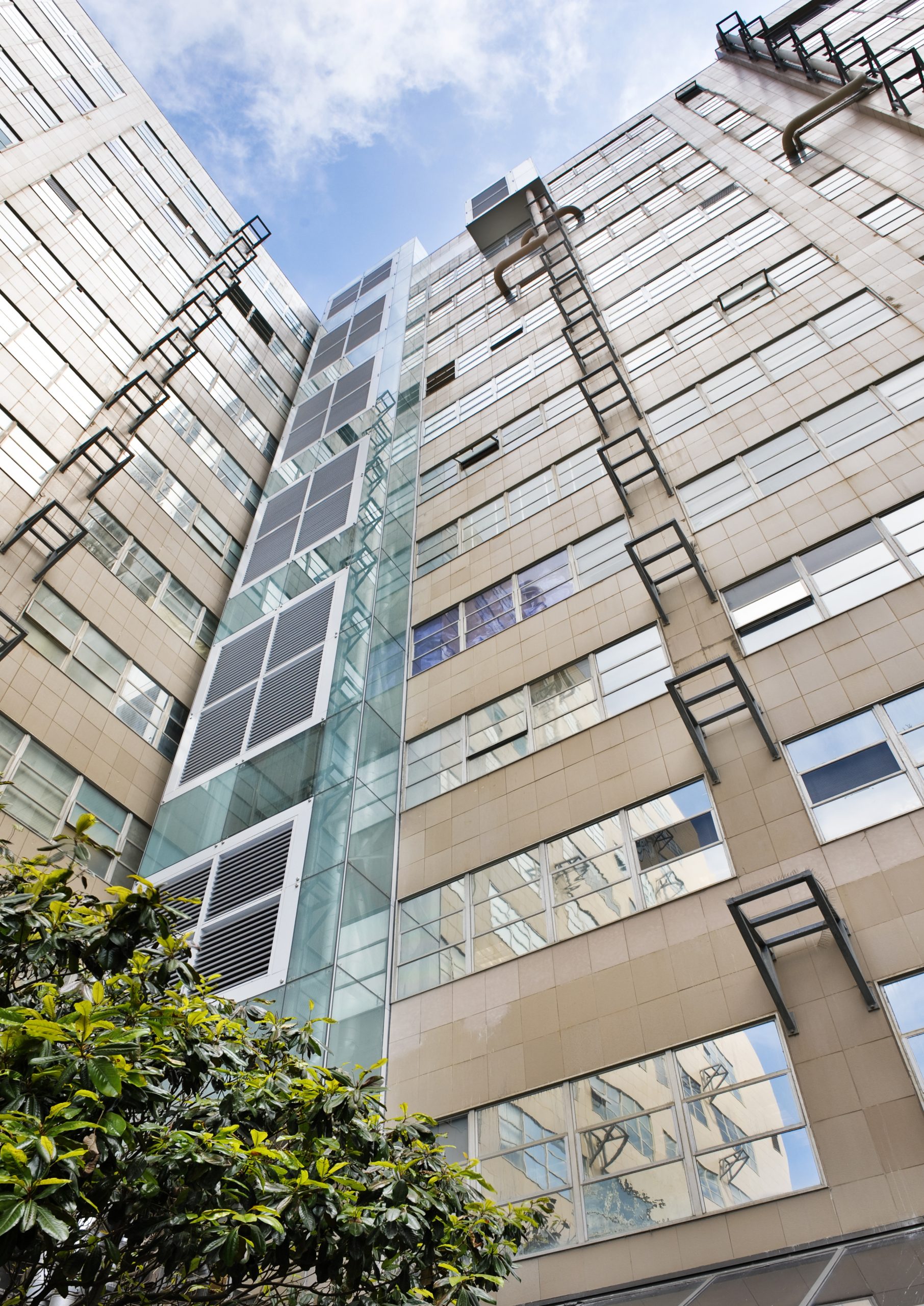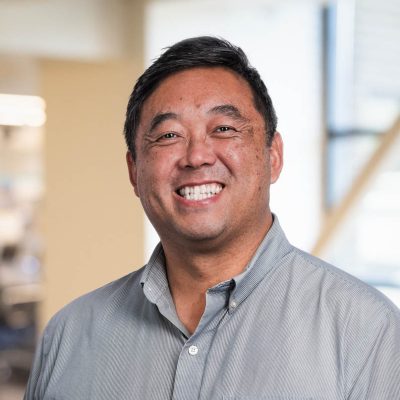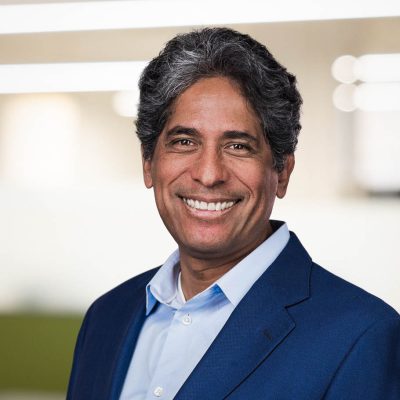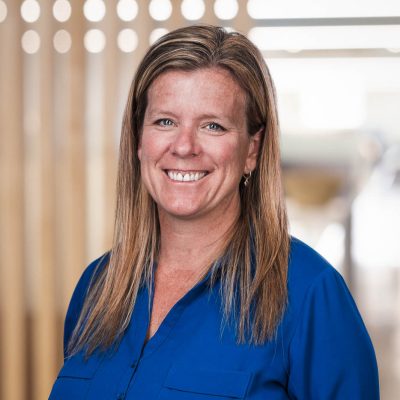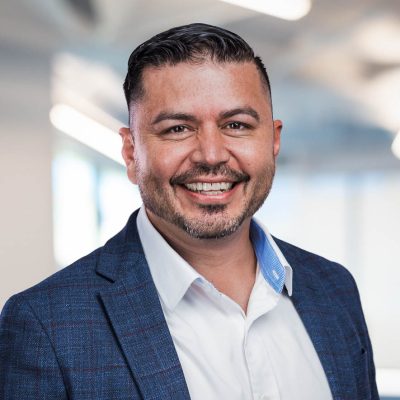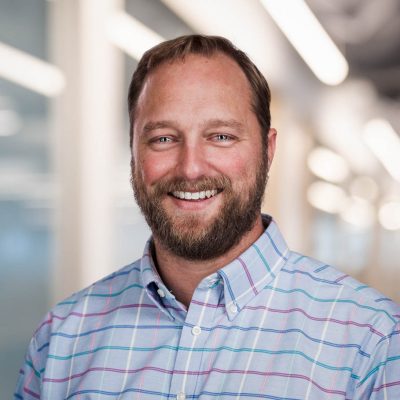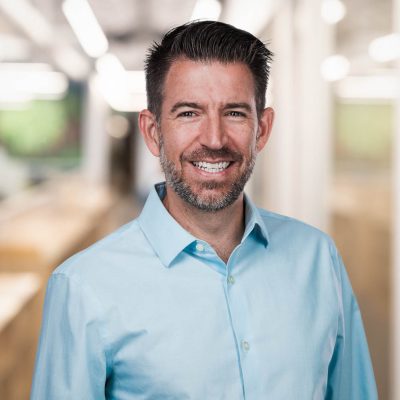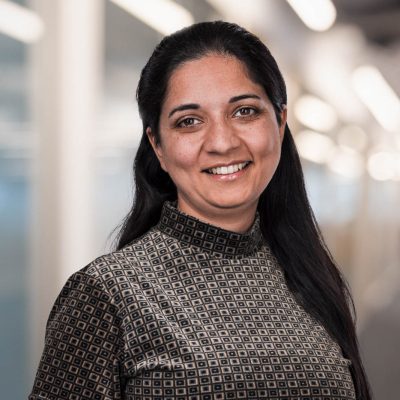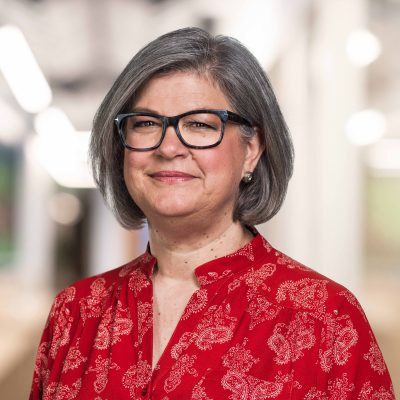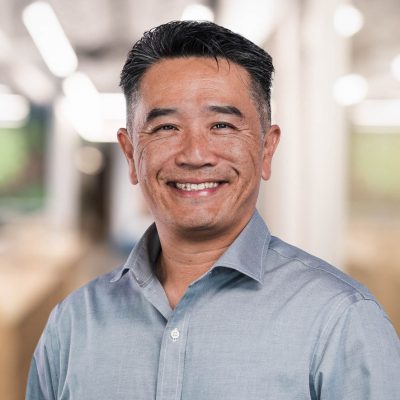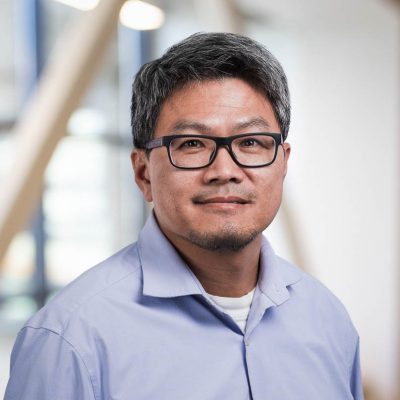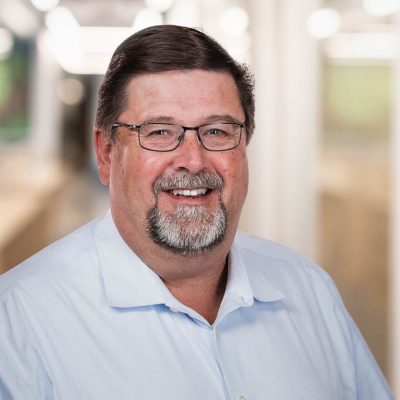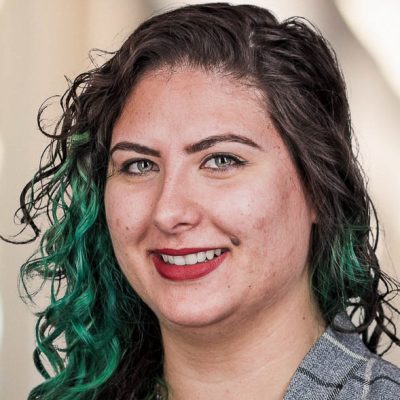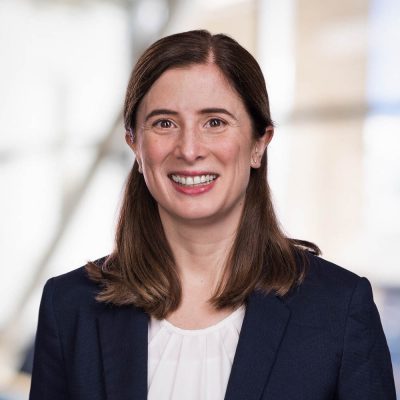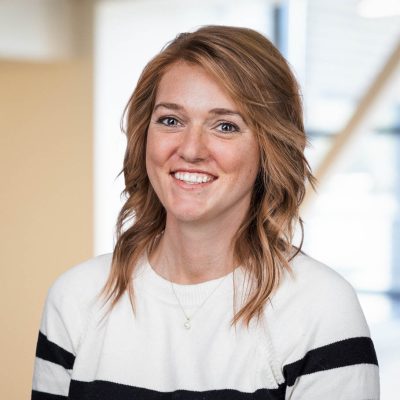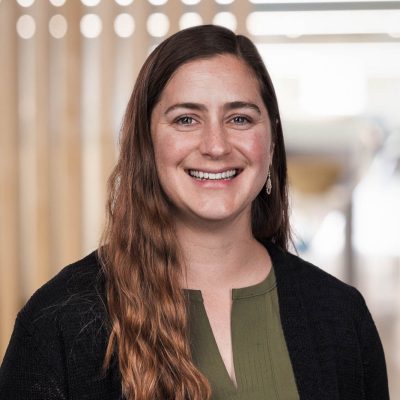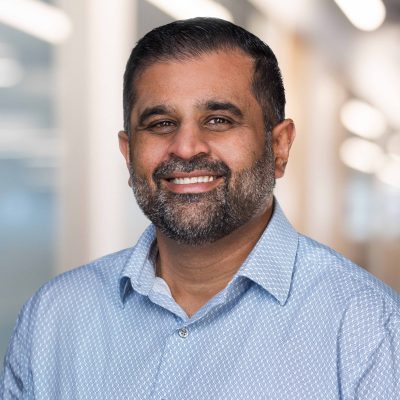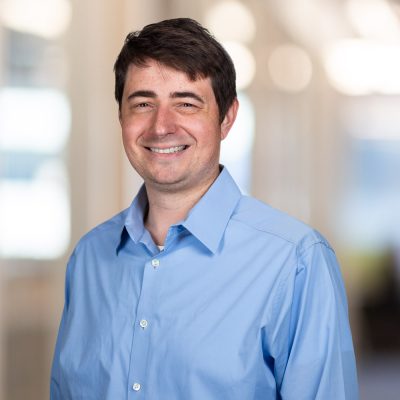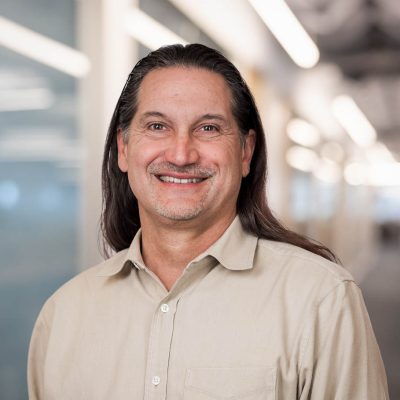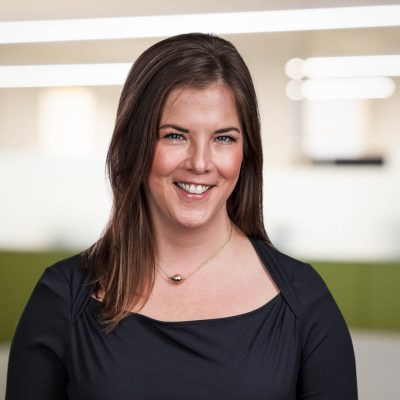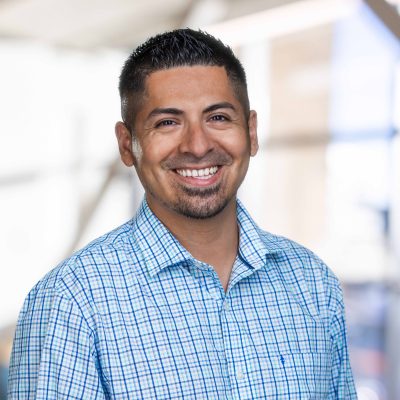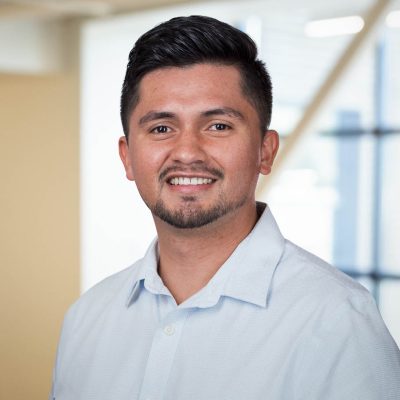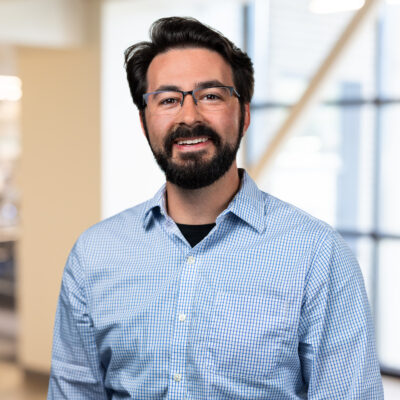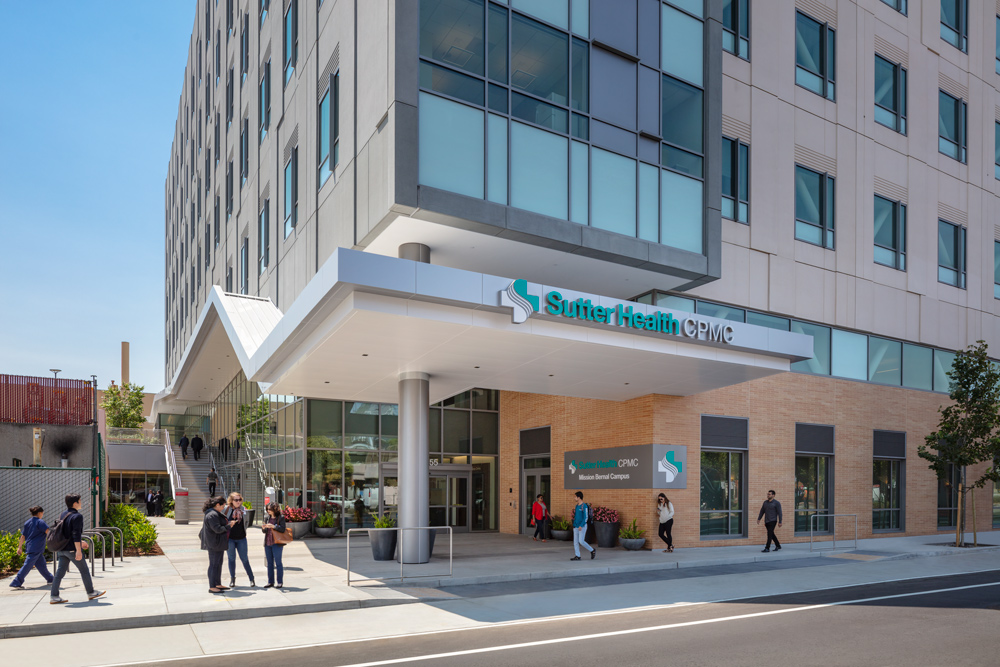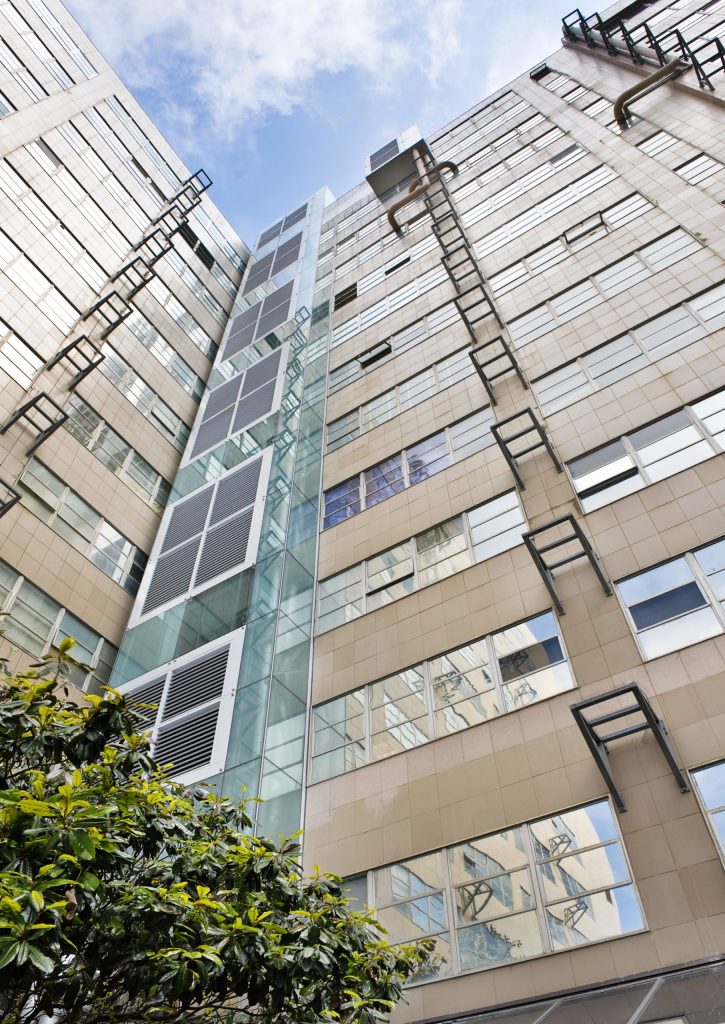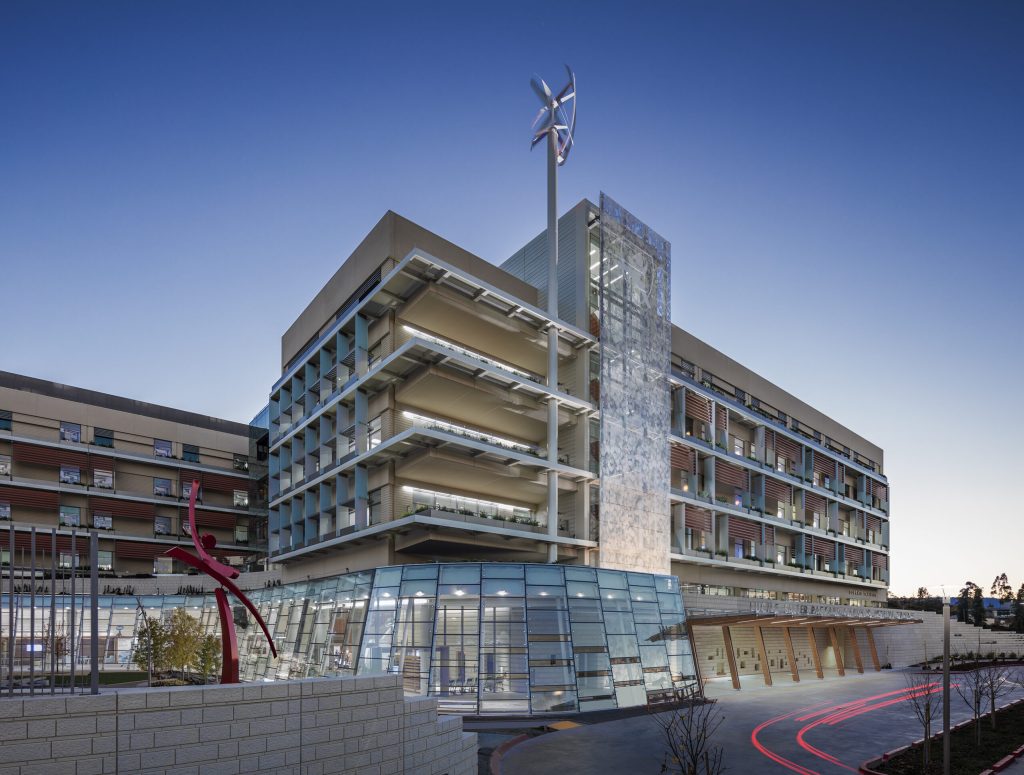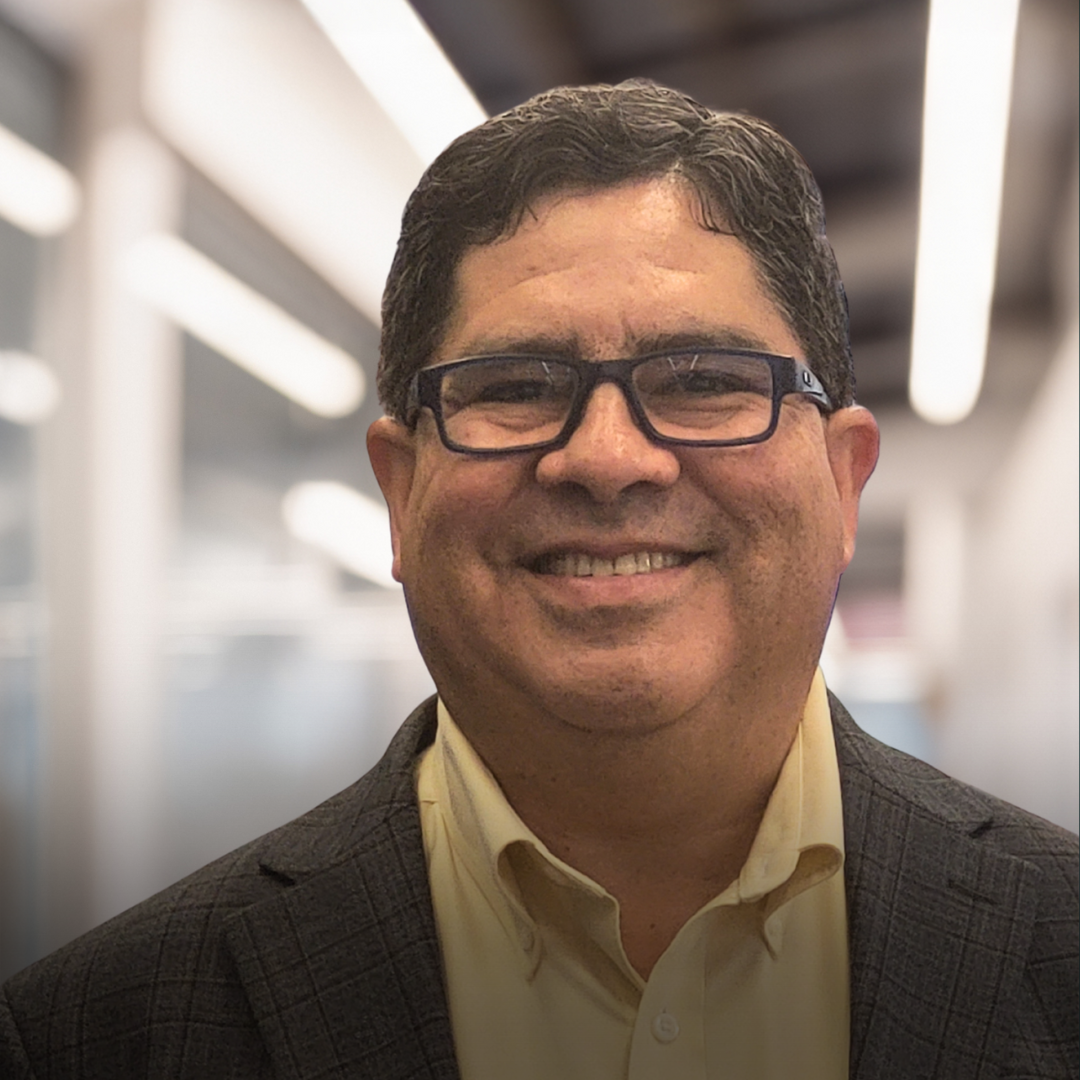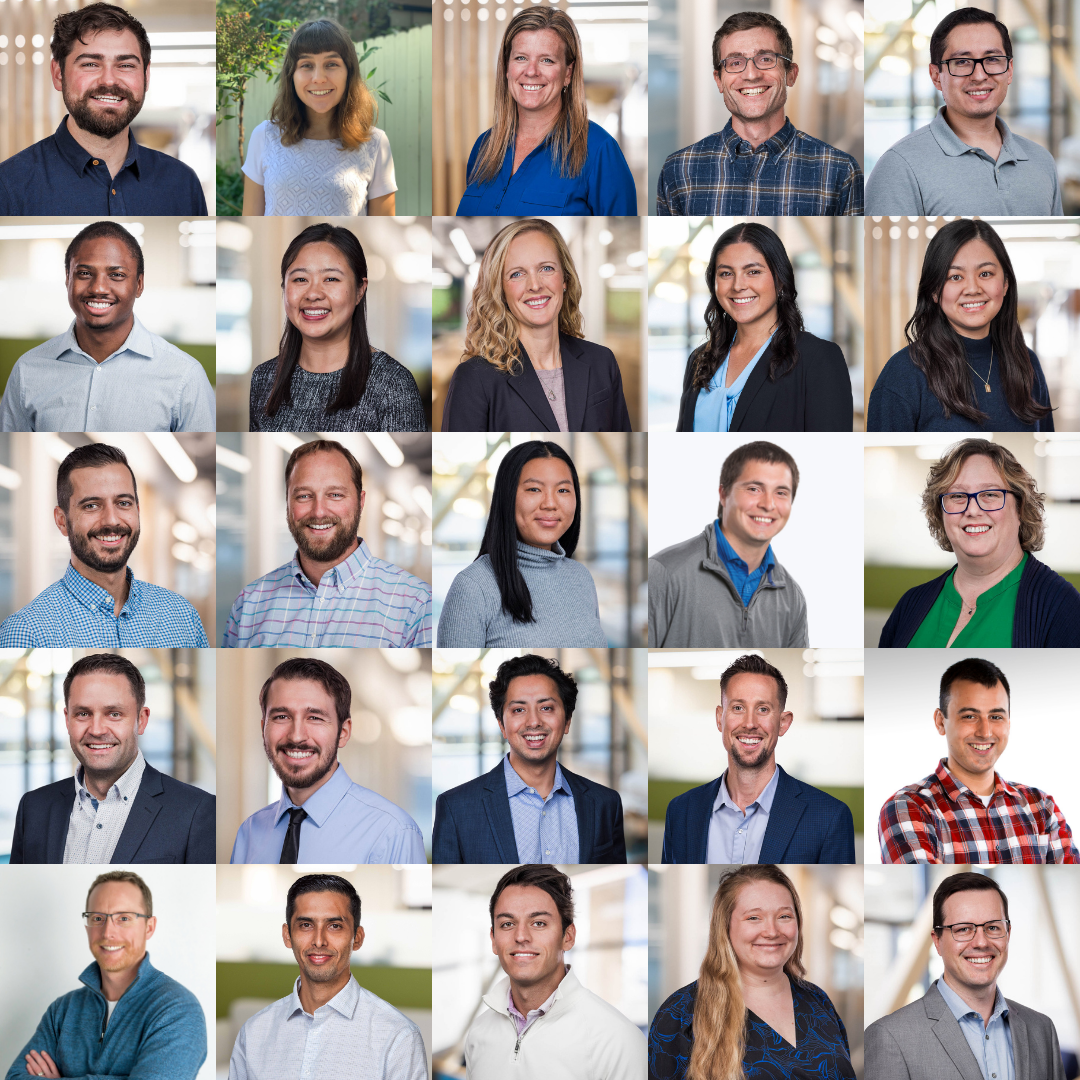Comprehensive Structural Engineering Solutions for Healthcare
Healthcare providers need specialized solutions for complex building needs. From hospital expansions to seismic compliance and modernization projects, our expertise ensures that healthcare facilities remain safe, efficient, and adaptable to future demands.
With growing demand for structural engineering solutions, we remain at the forefront of innovation. Hospitals are investing in modernization, energy-efficient designs, and the expansion of outpatient services. Our team is committed to helping healthcare providers navigate these changes, ensuring their facilities support patient-centered care, long-term sustainability and adaptability to rapidly-changing technology needs.
As a trusted partner, we deliver high-quality, scalable solutions tailored to the unique challenges of facilities representing large healthcare systems to small, rural hospitals. Whether meeting seismic requirements, optimizing facility design, or supporting large-scale expansions, we are dedicated to shaping the future of healthcare infrastructure.
Hospital Expansion
We collaborate with healthcare providers to design and implement growth strategies that align with their vision and operational needs.
Hospital Modernization
Our experts minimize disruptions during renovations, ensuring facilities remain fully operational while upgrading infrastructure.
Outpatient and Behavioral Health Facilities
We design and retrofit medical office buildings and specialty care centers to improve patient access and provider efficiency.
Seismic Compliance
We guide hospitals through California’s stringent SB 1953 requirements, helping them meet 2030 compliance deadlines with strategic planning and execution.
Prime Services
Our team leads multi-disciplinary projects, managing complex renovations and new construction from concept to completion.

